Australian Facebook users were extremely anxious and worried after the country’s central bank reported a jaw-dropping loss of A$36.7 billion for the financial year 2020-21. All hell broke loose after “Real Money”, a column owned by U.S. financial media The Street, screamed at one of its articles – “Australia’s Central Bank Says It Is Bust”.
The Reserve Bank of Australia (RBA) is “technically” bankrupt after its entire equity has been wiped out. Michele Bullock, the bank’s deputy governor, revealed the central bank suffered valuation losses of A$44.9 billion, which, after deducting for A$8.2 billion in earnings, is left with a net loss of A$36.7 billion. Even after offset with its entire accumulated profits, the RBA is left with negative equity of A$12.4 billion.
To make matters worse, the RBA also faces ongoing financial losses on its bond holdings, which it estimates could range from A$35 billion to as much as A$58 billion in 2033 when the last of the bonds mature. As a result of the Reserve Bank of Australia will not be able to pay any dividend to the Australian federal government for many years to come.
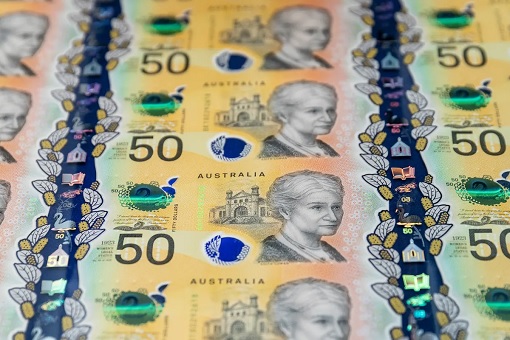
However, unlike private companies or commercial banks, the Aussie central bank won’t go belly up because it is guaranteed by the government. The solution – print more money. But the country will pay the price – inflation. Printing money will increase the money supply into the system, leading to not only inflation, but also decreases the value of the Australian dollar.
Exactly how did the central bank screw up so spectacularly? During the first two years of the Covid-19 pandemic, the government started its bond-buying programme. The reserve bank ended up buying A$281 billion of federal, state and territory debt between November 2020 and February 2022. The RBA was buying A$5 billion debts – every week – supposedly to protect the economy.
The objective of the bond-buying was to “lower the interest rates in Australia”, effectively reducing the cost of borrowing. By artificially keeping the interest rate low, it encouraged traders and investors to invest in the Australian economy, business, bonds or even boosting consumer spending with the belief that they will be able to borrow cheaply for years to come
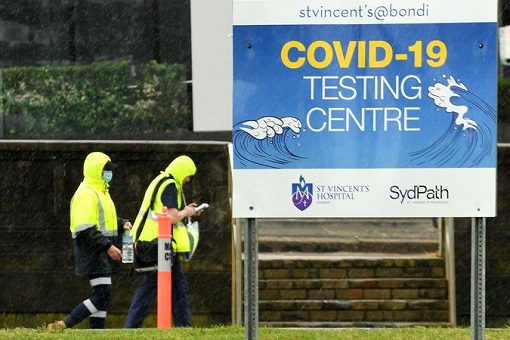
In order to borrow to fund programs such as “JobKeeper and JobSeeker” (a fortnightly wage subsidy to keep businesses trading and people employed), the government borrowed on the bond market. It did that by issuing bonds on the money market that the RBA would later buy with newly created money. Meaning it created the debt markets to raise money by issuing I.O.U. papers.
To be precise, the government “raised” the money by asking the Australian Office of Financial Management (AOFM) to sell bonds on its behalf, which led to an explosion in government debt. The AOFM sold the bonds to authorised institutional investors (large foreign and local banks), who in turn take the bonds and create another market for themselves (called the “secondary market”).
It’s the secondary market where entities such as super funds, hedge funds, insurance companies, private banks, and central banks can buy and sell the bonds. And they are basically keen to buy government bonds from the secondary market because the bonds guarantee them a source of future income. What exactly does that mean?
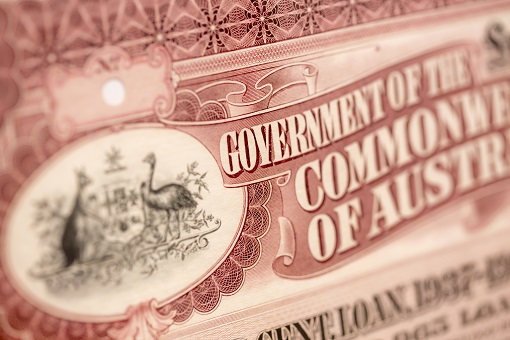
When the Australian government sells a bond, it comes with a promise to make regular interest payments to the owner of the bond. For example, let’s say the AOFM issues a bond which has a face value of A$1 million with a 10-year term an annual interest payment of 2%. So, for those 10 years, the bond’s owner will receive an annual interest payment of 2% of the face value of the bond (A$20,000 each year).
At the same time, the government also promised to pay the A$1 million back to the bond’s owner when the bond’s term expires in 10 years. Essentially, the interest payments provide a guaranteed source of future income for the bond owner – A$20,000 a year, every year, until the bond expires. And this is how it contributed to the explosion of government debt.
Because the Aussie Reserve Bank was indirectly the financier of the emergency stimulus programme, it was basically printing money. The bond purchase program was the first time the Reserve Bank of Australia effectively printed money to stabilise the economy. But how can a bank make a loss when it is printing money? The answer – buy high and sell low.
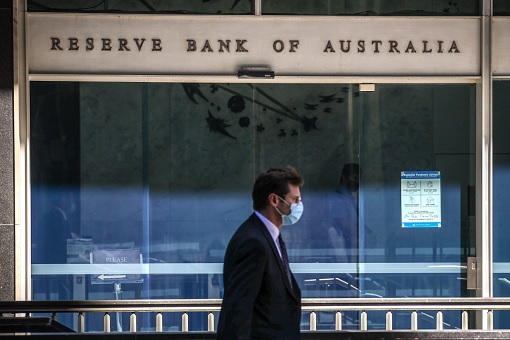
As the economy recovered post-pandemic, investors put their money back to the stock market or other riskier instruments, leading to drops in bond prices. The central bank is still holding those bonds, which it had bought earlier at high prices, even as interest rates in Australia and around the world skyrocketing. This means the RBA is now sitting on a huge valuation loss on those bonds.
In general, the RBA would pay about A$2 billion dividend annually to the government. Since 2014, the Reserve Bank has boosted the federal bottom line by more than A$12.5 billion, money that is now gone after incurring losses of A$44.9 billion. The Aussie dollar has also lost 17.4% of its value against the U.S. dollar since April this year.
It’s hard to believe that today, US$1 can buy you A$1.54, when the Aussie dollar used to be stronger than the U.S. dollar. Back in late 2012, the exchange rate was US$1 for A$0.95. But in 2013, the government was forced to inject cash into the central bank because it had suffered losses on its foreign-currency reserves. Since then, the Australia currency has lost 60% of its value against the greenback.
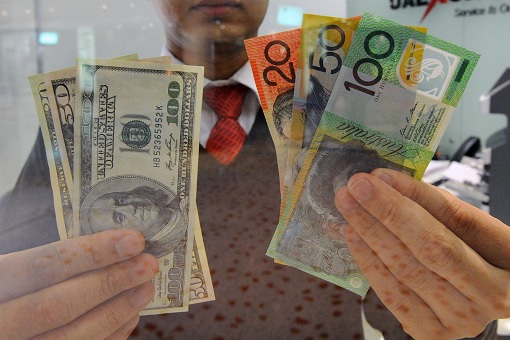
True, the bond purchase program during the pandemic has helped to lower borrowing costs to historical lows. However, there’s no such thing as a free lunch, and the chickens have finally come home to roost. In June 2022, the Australian Consumer Price Index (CPI) hit a 30-year high of 6.1%. The last time CPI exceeded this level was December 1990, after Saddam Hussain invaded Kuwait.
The inflation subsequently skyrocketed to 7% in July and 6.8% in August. The Reserve Bank of Australia has forecast that inflation will peak at 7.75% in the December quarter 2022. The RBA officials also said they still have confidence that Australia can avoid a recession. But some economists, such as Jo Masters, the chief economist of Barrenjoey, says the country could plunge into one.
Other Articles That May Interest You …
- China Lectures Australia After Complains Chinese Jet Harassed Its Spy Plane – Dumping “Chaff” Which Sucked Into Engine
- Canada Air Force Complains “Unprofessional” Chinese Pilots Harassing Its Spy Plane – Sometimes Show “Middle Fingers”
- How To Protect $3.2 Trillion – China Held Meetings To Find Ways To Protect Its Assets From Potential U.S. Sanctions
- The U.S. And Australia Threaten To Invade Solomon Islands – Now Who’s The Bully And Aggressor?
- Australia-China Ties Remain Hostile – But New Zealand Upgrades Trade Deal With China That Could Bring Record $50 Billion
- Property Bubble May See China Demolish 90 Million Homes In Ghost Cities – Here’s Why It’s Really Bad News For Australia
- The Australia-US-UK AUKUS – It’s All About Arms Sales, And China Will Spend Even More On Military To Target Aussie
- Commodities Crash – How China Releases Metal Reserves To Tackle High Prices And Shortage
- Australia’s Beef Export Worth A$3 Billion To China May Not Recover – Permanently & Completely
- Trade Surplus Of $535 Billion – Not Even The U.S. Trade War Or Covid Pandemic Can Destroy China Economic Powerhouse
- Five Eyes Alliance Plans To Teach China A Lesson With Economic Sanctions – But It’s Easier Said Than Done
- China Will Import Coal From Any Country, Except Australia – PM Morrison Upset Over Impact On The A$14 Billion Industry

|
|
September 30th, 2022 by financetwitter
|


|

|

|

|

|

|




























Comments
Add your comment now.
Leave a Reply